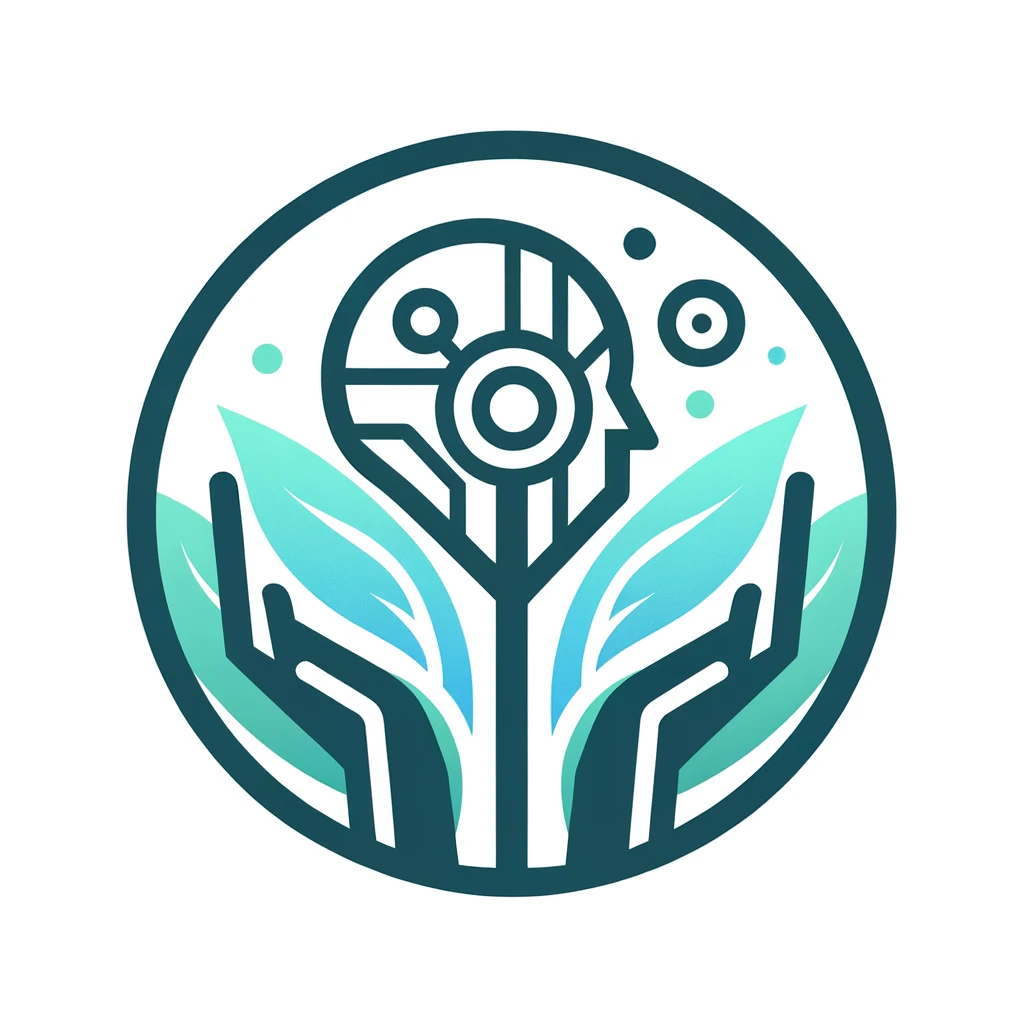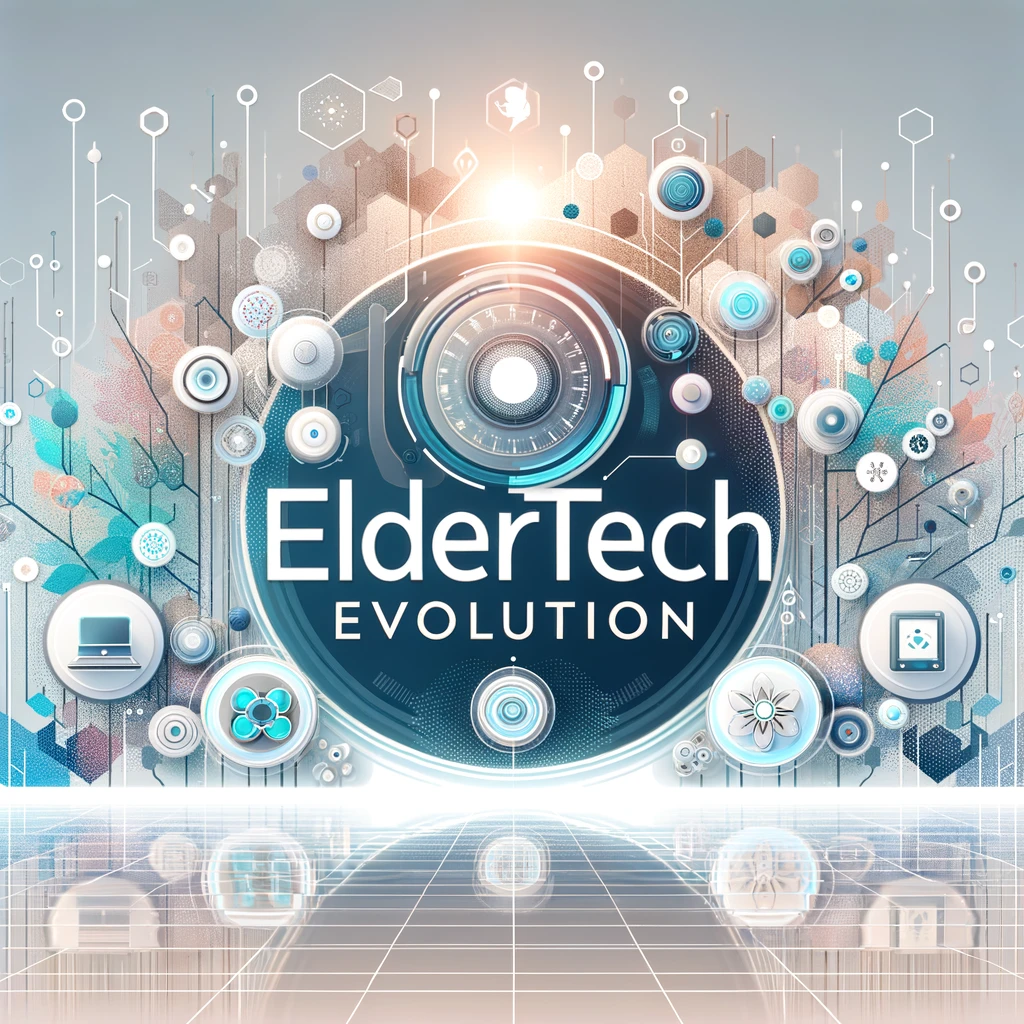Introduction
In an era where the global population is aging rapidly, the need for innovative solutions to support the elderly is more pressing than ever. By 2050, it is projected that one in six people worldwide will be over the age of 65, up from one in eleven in 2019, according to the United Nations. This demographic shift poses significant challenges to healthcare systems, economies, and societies at large. Technology, however, offers a beacon of hope, presenting viable solutions to meet these challenges effectively.
The Rising Aging Population
The World Health Organization reports that between 2015 and 2050, the proportion of the world’s population over 60 years will nearly double from 12% to 22%. This trend is not just a concern for developed countries; in fact, the majority of older people will be in developing countries. With longer life expectancies and declining birth rates, the structure of populations globally is changing dramatically.
Economic Impacts
An aging population significantly impacts the economy. As the number of working-age people shrinks, so does the workforce that supports pensions and healthcare systems. The United Nations Department of Economic and Social Affairs highlights that this can lead to higher public spending on healthcare and pensions, impacting economic growth. Additionally, the elderly often require more medical care, which strains healthcare systems and increases costs.
Technological Solutions for Elderly Care
In this context, technology emerges as a crucial ally. Innovations in assistive technology, telemedicine, and AI-driven healthcare solutions are reshaping elderly care. These technologies can help seniors live independently, reduce the burden on caregivers, and streamline healthcare services.
- Assistive Devices: Smart home devices and wearable health monitors can help seniors manage their daily lives and monitor their health, reducing the need for constant in-person care.
- Telemedicine: Digital health platforms enable remote consultations, making healthcare more accessible, especially for those in rural or underserved areas.
- AI in Healthcare: AI can analyze vast amounts of medical data to provide insights for better care and disease management, leading to more efficient healthcare services.
The Way Forward
As we navigate this demographic transition, it’s imperative that we integrate technological solutions into elderly care. This integration not only promises to enhance the quality of life for seniors but also offers a sustainable approach to managing the economic and social challenges posed by an aging population.
Conclusion
The rising elderly population calls for innovative solutions to ensure that their golden years are lived with dignity, independence, and quality healthcare. Technology holds the key to transforming how we care for our aging society. By embracing technological advancements, we can create a future where aging is not just about living longer, but living better.
Sources:
- United Nations, Department of Economic and Social Affairs, Population Division (2019). World Population Prospects 2019.
- World Health Organization: Aging and Health.
- United Nations, Department of Economic and Social Affairs: Economic Implications of an Aging Population.



Leave a Reply